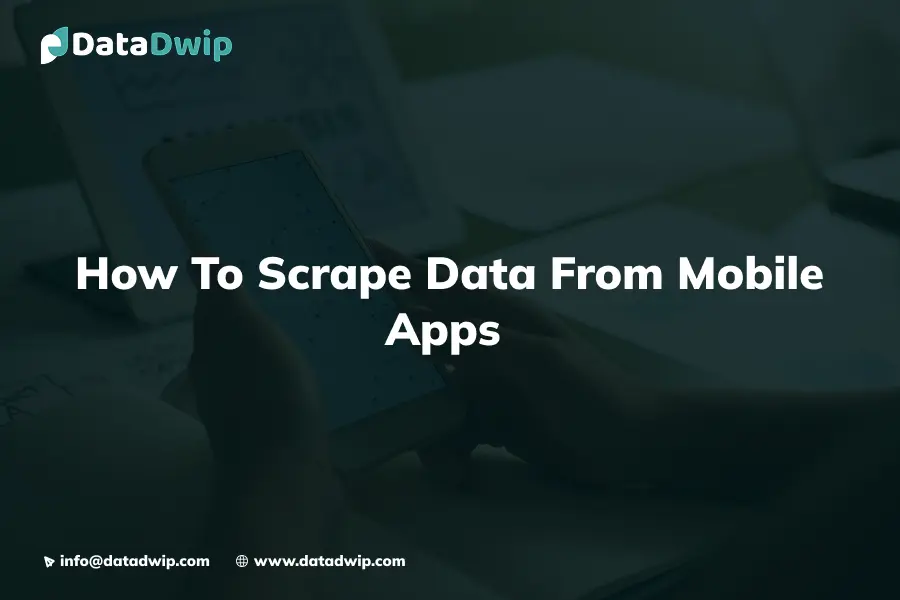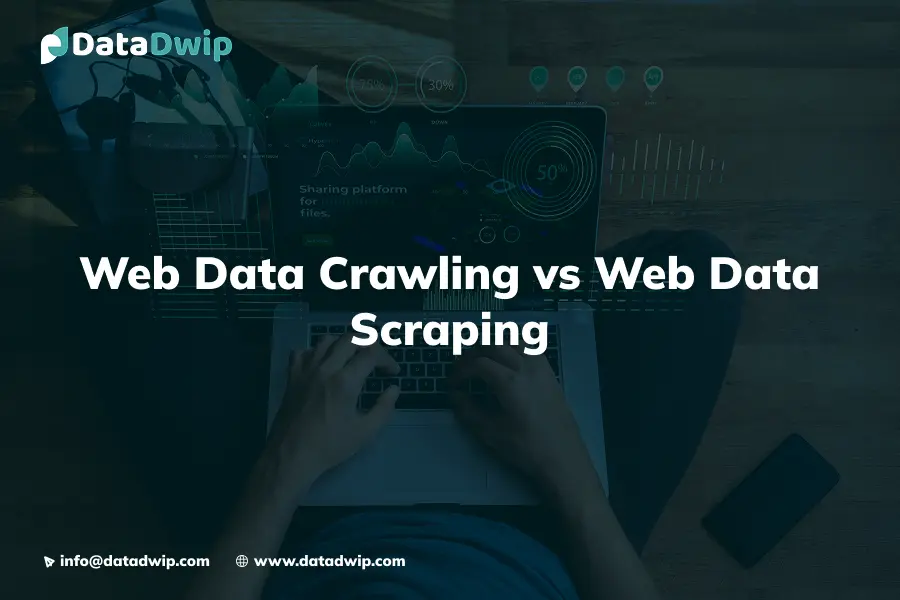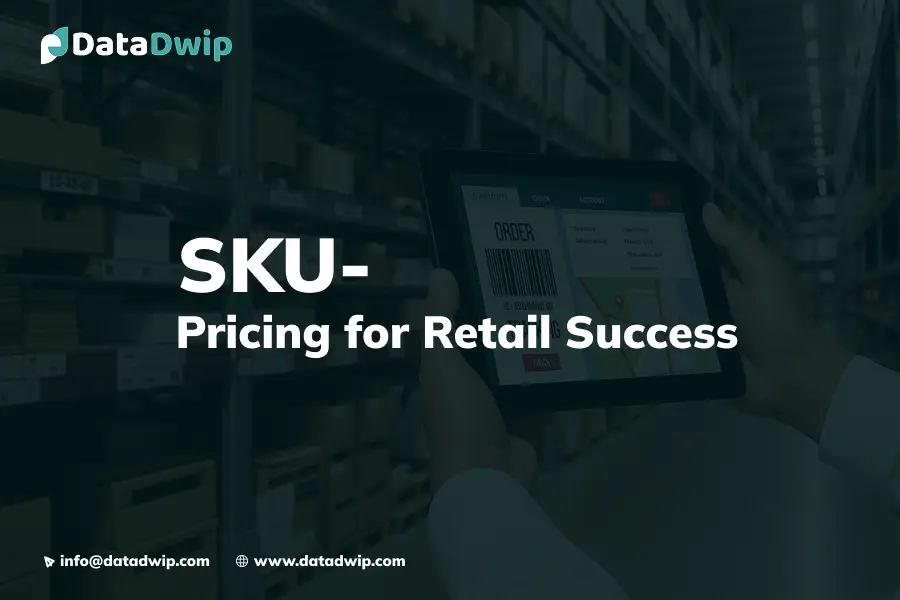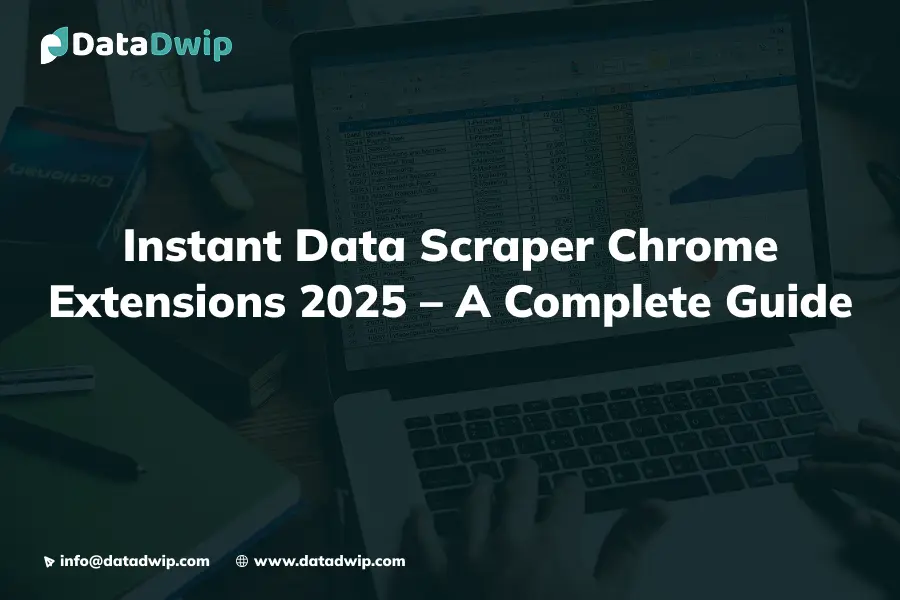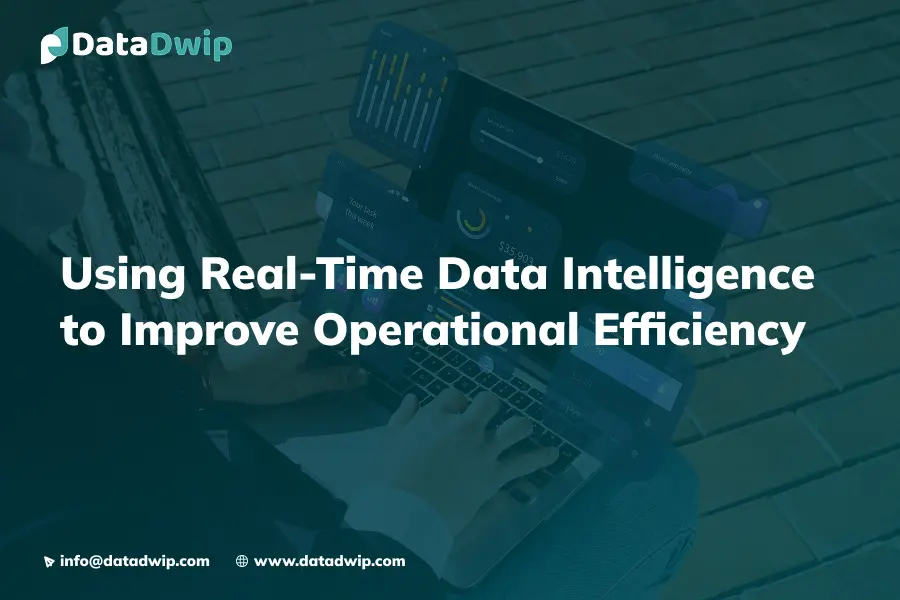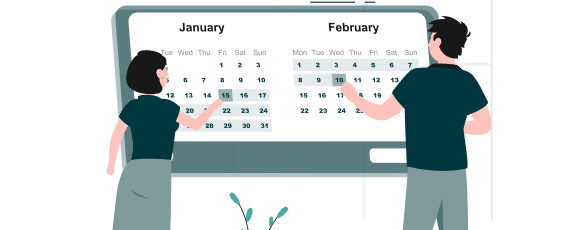In the digital age of 2025, web crawlers are indispensable tools for businesses, developers, and researchers navigating the vast expanse of the internet. These automated programs, often called spiders or bots, systematically browse websites to index content or extract data, powering everything from search engines to market research. With the growing demand for real-time, structured data, choosing the best web crawler is critical for success. As an experienced data analyst with over a decade of experience in web scraping, I’ve tested these tools firsthand to ensure this Web Crawler List is reliable and actionable.
What is List Crawling?
List crawling refers to the process of using a web crawler to systematically extract data from a predefined list crawling sites, such as a directory, product catalog, or search results page. Unlike general web crawling, which explores websites broadly, list crawling targets specific pages or datasets, making it highly efficient for structured data extraction. For example, a crawler might scrape a crawling list of product prices from an e-commerce site or contact details from a business directory.
List crawling is vital for applications like competitive analysis, where businesses need precise data from targeted sources. By focusing on a list scrawler or a curated list of crawler tasks, organizations can save time and resources while ensuring data accuracy. This targeted approach aligns with ethical crawling practices, as it minimizes server load on websites.
Types of Web Crawlers
Understanding the types of web crawlers is essential before diving into the crawler list. Here are the main types of crawlers and their use cases:
- General-purpose crawlers: These crawlers, like Googlebot, scan the web broadly to index content for search engines. They’re ideal for large-scale indexing but less suited for specific data extraction.
- Focused crawlers: Also called topical crawlers, these target specific topics or keywords, such as industry-related articles. They’re perfect for niche research projects.
- Incremental crawlers: These update existing indexes by crawling only new or modified pages, saving time for search engines or monitoring tools.
- Distributed crawlers: By dividing tasks across multiple servers, these crawlers handle massive datasets efficiently, which is often used in large-scale web scraping services.
- Polite crawlers: Designed to respect website policies, these crawlers follow robots.txt files and implement rate limiting to avoid overloading servers.
Each type serves unique purposes, from SEO optimization to data aggregation, making it crucial to match the crawler to your project’s needs.
Why Use Web Crawlers?
Web crawlers are game-changers for businesses and developers. They automate data collection, enabling tasks like:
- SEO optimization: Crawlers like Googlebot index websites, boosting visibility in search results.
- Market research: Web scraping services use crawlers to gather competitor pricing, product details, or customer reviews.
- Data aggregation: Web scraping APIs allow developers to extract structured data for analytics or machine learning.
However, ethical considerations are paramount. Overloading servers or scraping private data can lead to IP bans or legal issues. Using a listed crawler from a reputable list crawler website ensures compliance with website policies, such as respecting robots.txt files and rate limits.
See Also: Web Data Crawling vs Web Data Scraping
Best 7 Web Crawler List in 2025
Here’s the crawler list of the best 7 web crawlers in 2025, each rigorously evaluated for performance, ease of use, and scalability. This crawling list includes tools for both coders and non-coders, ensuring there’s a list crawler for every user.
| Tool | Overview | Features | Pros | Cons | Use Case |
|---|---|---|---|---|---|
| Scrapy | Python-based open-source framework ideal for custom crawlers. | Asynchronous processing, proxy support, extensible middleware. | High performance, scalable, strong community. | Requires coding, steep learning curve. | E-commerce product data scraping. |
| ParseHub | No-code crawler with visual interface for non-tech users. | Point-and-click selection, cloud-based, CSV/JSON/Excel export. | No coding needed, easy to use, budget-friendly. | Slow on large tasks, struggles with protected sites. | Customer review scraping. |
| Octoparse | Versatile cloud/desktop crawler with visual editor. | Templates, IP rotation, scheduled crawl. | No-code, strong cloud support, CAPTCHA handling. | Costly premium plans, occasional cloud lag. | Real estate listing collection. |
| Apify | JS-based scalable crawling platform with API focus. | Headless browser, marketplace, proxy manager. | Scalable, Puppeteer/Playwright support, developer-friendly. | Requires JS skills, high cost for heavy use. | Social media data for sentiment analysis. |
| Crawlee | Modern crawler tool in Node.js/Python with anti-blocking features. | Headless/browser interface, proxy rotation, HTML parser. | Anti-blocking, open-source, multi-language support. | Needs setup for big projects, lacks no-code UX. | News content extraction. |
| Bright Data | Premium scraping & crawler API with strong proxy infra. | Rotating residential IPs, headless browsing, real-time crawling. | Anti-scraping bypass, enterprise-grade, reliable. | Expensive, complex for small users. | Large-scale e-commerce data extraction. |
| WebHarvy | Visual point-and-click crawler for easy scraping. | Pattern recognition, proxy use, database export. | Simple UI, anonymous scraping, low-cost. | Limited for large-scale or complex tasks. | Job listings scraping. |
1. Scrapy
Overview: Scrapy, a Python-based open-source framework, tops the crawlers list for its flexibility and speed. It’s ideal for developers building custom web scraping services.
- Features: Asynchronous processing, built-in proxy support, extensible middleware.
- Pros: High performance, community-driven updates, support large-scale projects.
- Cons: Requires coding skills, steep learning curve for beginners.
- Use Case: Extracting product data from e-commerce sites for price monitoring.
2. ParseHub
Overview: ParseHub is a no-code listed crawler with a visual interface, perfect for non-technical users. It handles dynamic websites with ease.
- Features: Point-and-click data selection, cloud-based crawling, multiple export formats (CSV, JSON, Excel).
- Pros: User-friendly, no coding required, affordable pricing.
- Cons: Slower for high-volume tasks, struggles with heavily protected sites.
- Use Case: Scraping customer reviews for market research.
3. Octoparse
Overview: Octoparse is a versatile list crawler offering both cloud and desktop solutions. Its visual editor makes it accessible to all skill levels.
- Features: Pre-built templates, IP rotation, and scheduled crawling.
- Pros: No-code option, robust cloud service, handles CAPTCHAs.
- Cons: Premium plans can be costly, with occasional lag in cloud mode.
- Use Case: Collecting real estate listings for analysis.
4. Apify
Overview: Apify is a JavaScript-based platform for building scalable crawlers, with a focus on web scraping APIs. It’s developer-friendly and cloud-native.
- Features: Headless browser support, actor marketplace, proxy management.
- Pros: Scalable, integrates with Puppeteer/Playwright, active community.
- Cons: Requires JavaScript knowledge, higher costs for heavy usage.
- Use Case: Scraping social media data for sentiment analysis.
5. Crawlee
Overview: Crawlee, available in Node.js and Python, is a modern list of crawler tools with anti-blocking features, making it a favorite for reliable crawling.
- Features: Unified HTTP/headless browser interface, proxy rotation, HTML parsing.
- Pros: Anti-blocking capabilities, open-source, versatile language support.
- Cons: Limited no-code options, requires setup for large projects.
- Use Case: Extracting news articles for content aggregation.
6. Bright Data
Overview: Bright Data offers a premium web scraping API and crawler service, known for its advanced proxy infrastructure and ethical data collection.
- Features: Rotating residential IPs, headless browsers, real-time crawling.
- Pros: Bypass anti-scraping measures, reliable, enterprise-grade.
- Cons: Expensive, complex for small projects.
- Use Case: Large-scale e-commerce data extraction.
7. WebHarvy
Overview: WebHarvy is a visually listed crawler designed for simplicity, with a point-and-click interface for non-coders.
- Features: Pattern recognition, proxy support, data export to databases.
- Pros: Easy to use, anonymous crawling, affordable.
- Cons: Limited scalability, and basic features compared to code-based tools.
- Use Case: Scraping job listings for recruitment analytics.
How to Choose the Best Web Crawler?
Selecting the best web crawler depends on several factors:
- Purpose: Are you indexing websites, monitoring social media, or scraping specific data? For example, Scrapy suits custom projects, while ParseHub is ideal for quick, no-code tasks.
- Technical Skills: No-code tools like Octoparse and WebHarvy cater to beginners, while Scrapy and Apify require programming knowledge.
- Scale: For large-scale projects, Bright Data or Crawlee offers robust solutions. Smaller tasks may only need WebHarvy.
- Data Type: Ensure the crawler supports your data format (e.g., text, images, JSON).
Ethical crawling is also critical. Use web scraping services that respect rate limits and robots.txt files to avoid legal or technical issues. A crawler listing from a trusted list crawler website can guide you to compliant tools.
Future Trends in Web Crawling
The future of web crawling is exciting, with innovations shaping the landscape:
- AI-powered crawlers: Tools like Diffbot use AI to extract structured data intelligently, reducing manual configuration.
- Real-time data extraction: Web scraping APIs enable instant data retrieval, crucial for dynamic markets like e-commerce.
- Enhanced anti-blocking: Crawlers like Crawlee and Bright Data incorporate advanced proxy rotation and headless browsers to bypass anti-scraping measures.
These trends underscore the importance of staying updated with the best web crawlers to remain competitive.
Conclusion
Here we discuss on list of the Best 7 web crawlers in 2025—Scrapy, ParseHub, Octoparse, Apify, Crawlee, Bright Data, and WebHarvy—offers something for every user, from developers to non-coders. Whether you need a list scrawler for small tasks or a web scraping API for enterprise-grade projects, these tools deliver efficiency and reliability. By understanding what list crawling is and the types of web crawlers, you can choose the right solution for your needs. Explore these listed crawlers today to unlock the power of web data and drive your projects forward.

